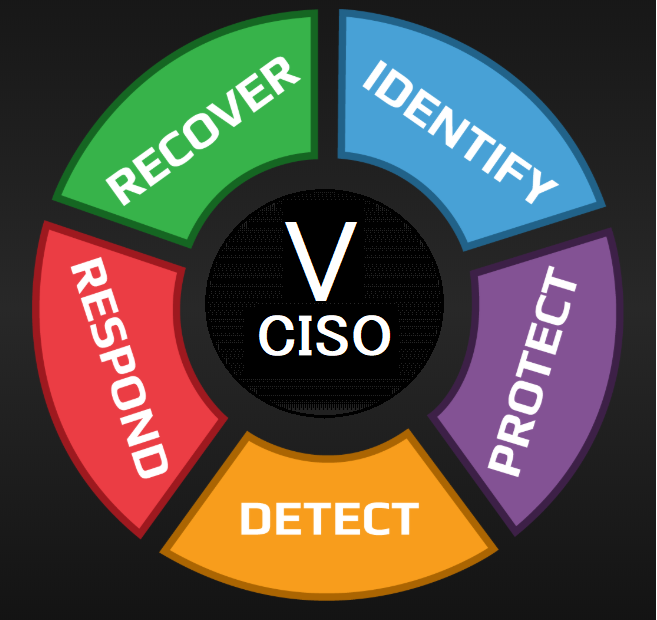Our community – that is, technologists, mathematicians and information assurance professionals – has generally adapted well to changes in the technology landscape.
At the start of the Cold War, the western security apparatus sought to understand the actions of their adversaries by intercepting radio signals bouncing off the ionosphere and analyzing the messages they carried. Later, when the Soviets moved to microwave transmissions, that same security apparatus deployed cutting-edge line-of-sight interception techniques.
Then, in 1977, after the Soviets began to successfully encrypt their communications, the NSA launched the Bauded Signals Upgrade program, delivering a supercomputer designed to compare encrypted messages with elements of plain text transmitted by mistake, allowing the agency to break many of the Soviets’ high-level codes. Time and time again, our innovation has kept us safe, but only when we have prepared to meet the threat.
Quantum information theory, which has been explored since the beginning of the 20th century, has led to an exciting yet dangerous new prospect: new quantum algorithms to solve computational problems which have thus far proven to be intractable – or at least unachievable within a useful period – by classical computers. One such problem is the breaking of the Advanced Encryption Standard, a key pillar of modern data encryption.
A joint research team of engineers from Google and the Swedish Royal Institute of Technology published a study that theorized the breaking of a 2048 bit key in just 8 hours, something that would take today’s classical computers over 300 trillion years. The catch? This theory requires a 20 million-qubit computer, and the largest quantum computer that exists today has only 65.
Their study, alongside many like it, tells us that quantum technology will present the greatest threat to the security of our critical systems in the history of computing. It may even be useful to us in future conflicts. However, quantum computers will need considerably more processing power than is available today and will require a significantly lower error rate if they are to be utilized for cyberspace operations.
To meet this challenge, institutions across the world are rushing to develop quantum computers that are capable of delivering on the promising theory.
The U.S. National Institute of Standards and Technology is currently evaluating over 60 methods for post-quantum cryptography, quantum key distribution, and other security applications. Early indications are that quantum technology will provide an ability to detect, defend, and even retaliate against all manner of future threats.
Away from security, most people understand that quantum computing has immense potential for good – with applications in the scientific and medical research fields easy to imagine. However, this vast computing power could also be used to undermine the classical computer systems that our nation relies upon so heavily.





